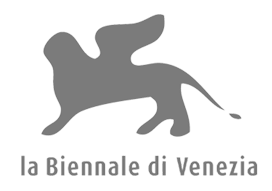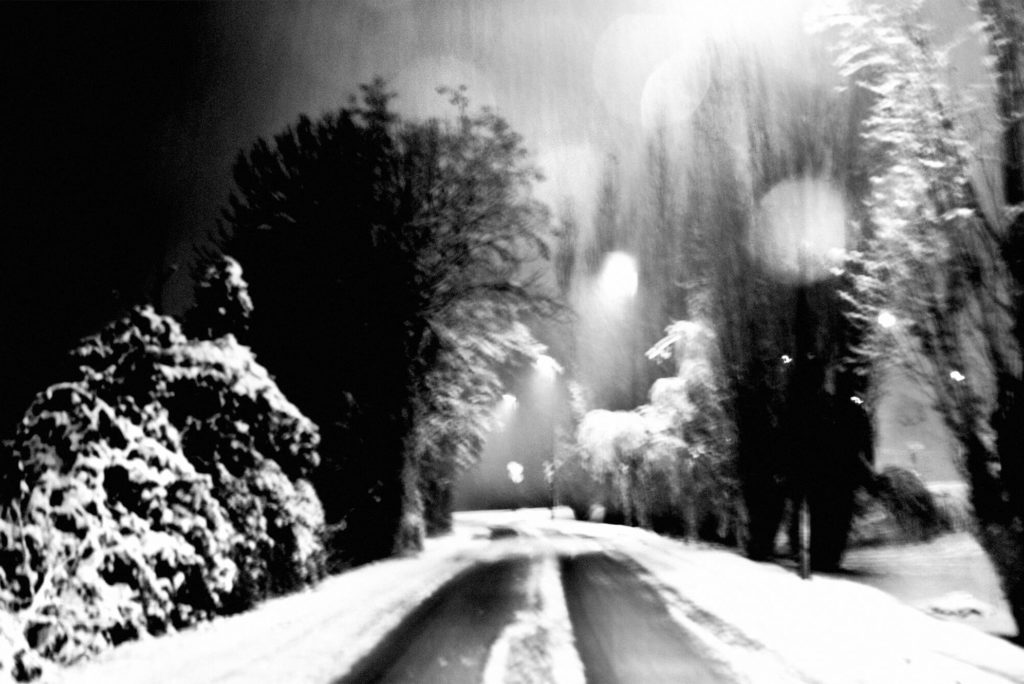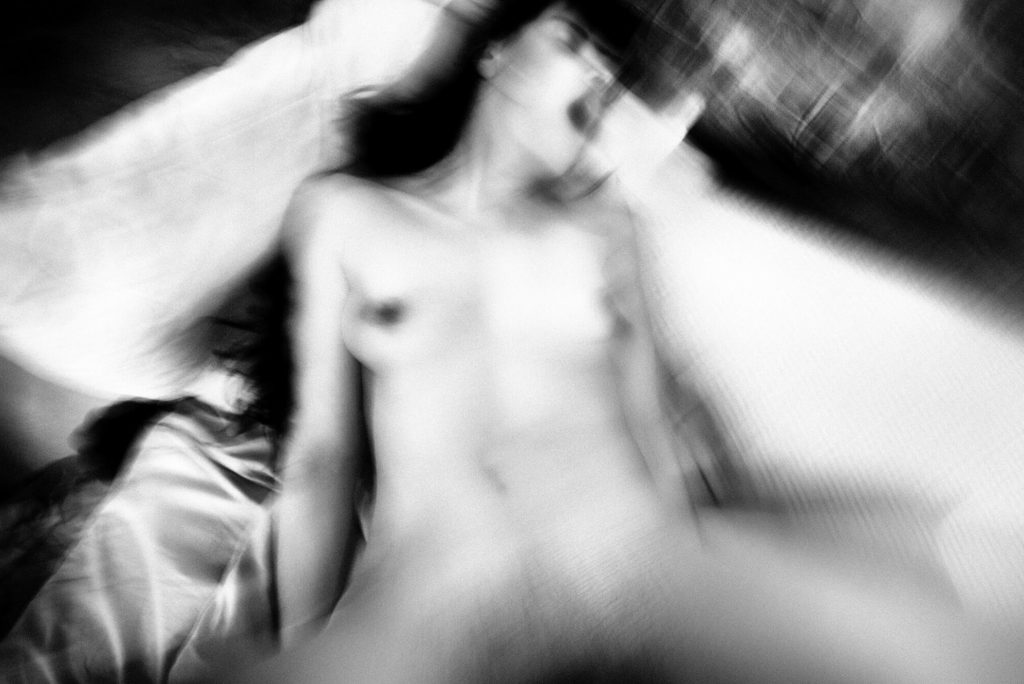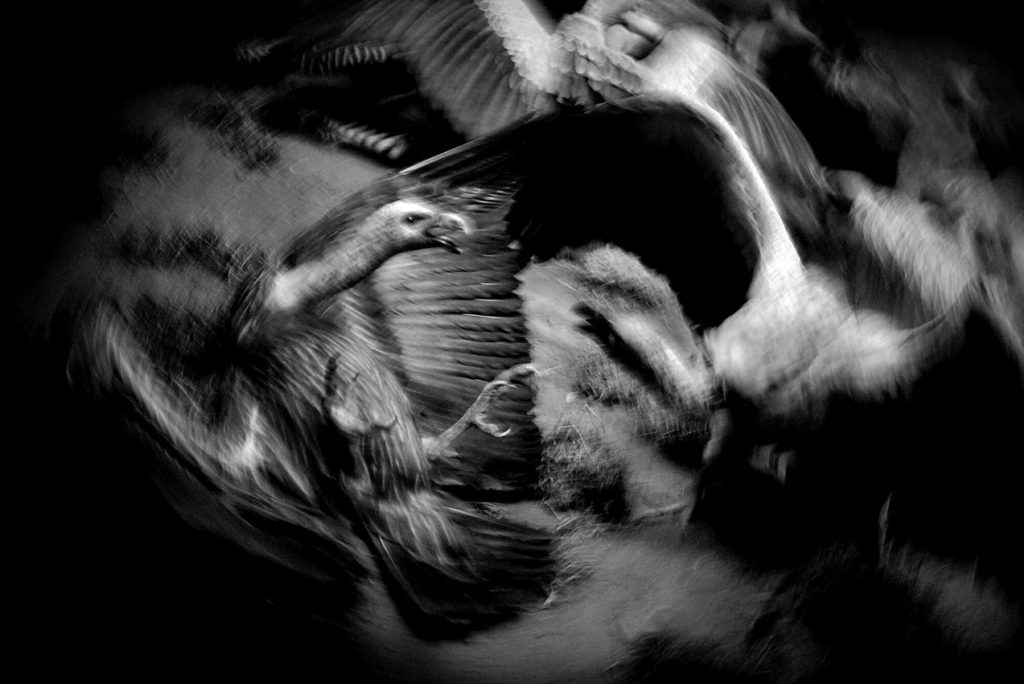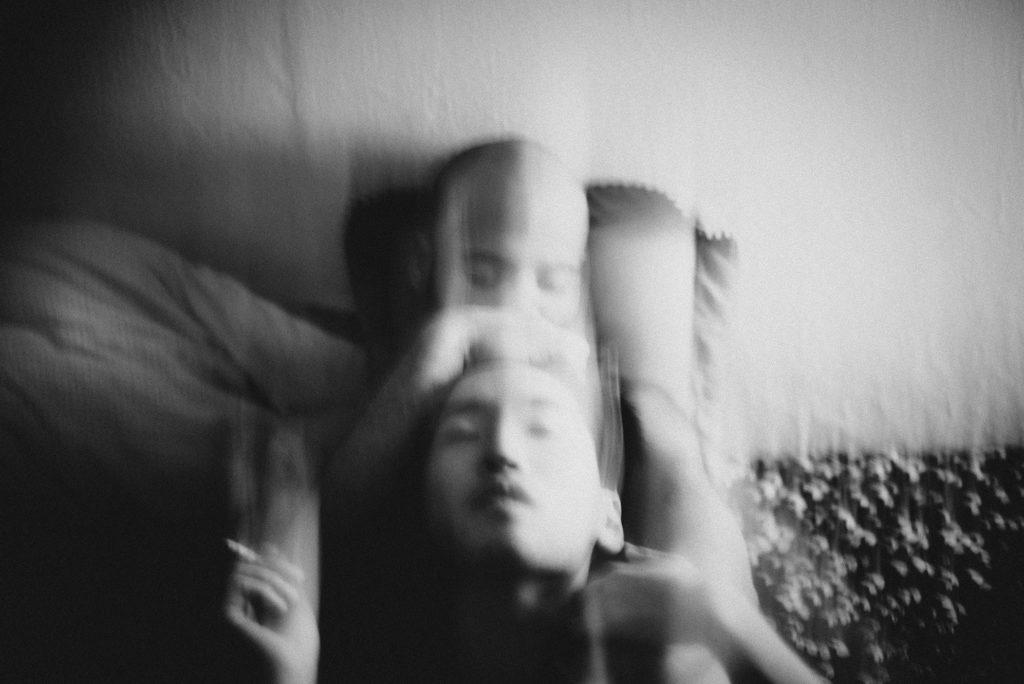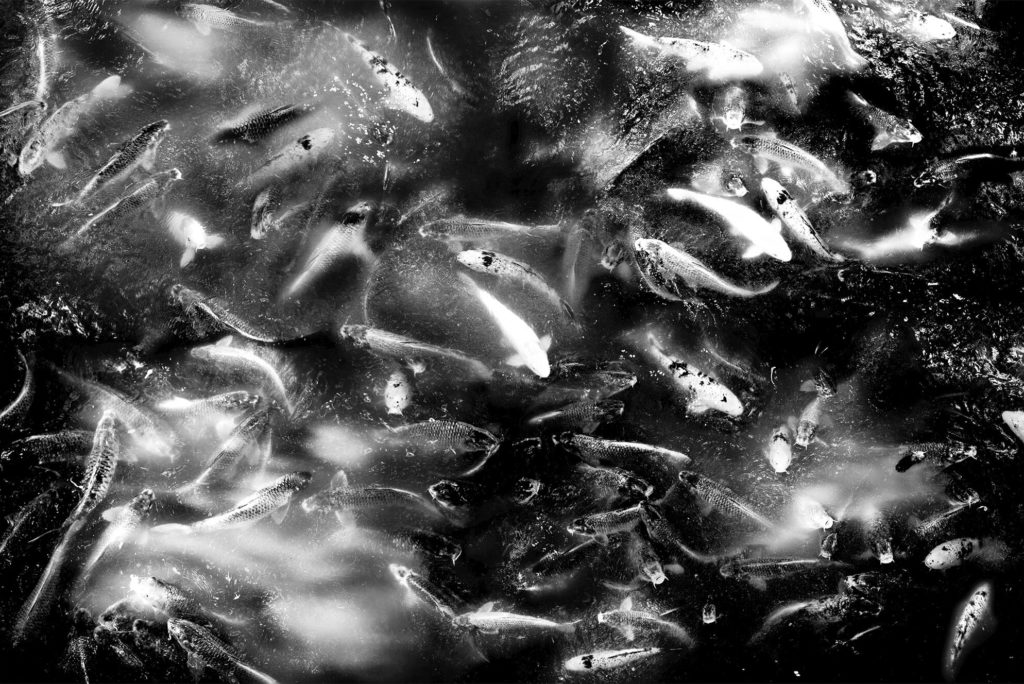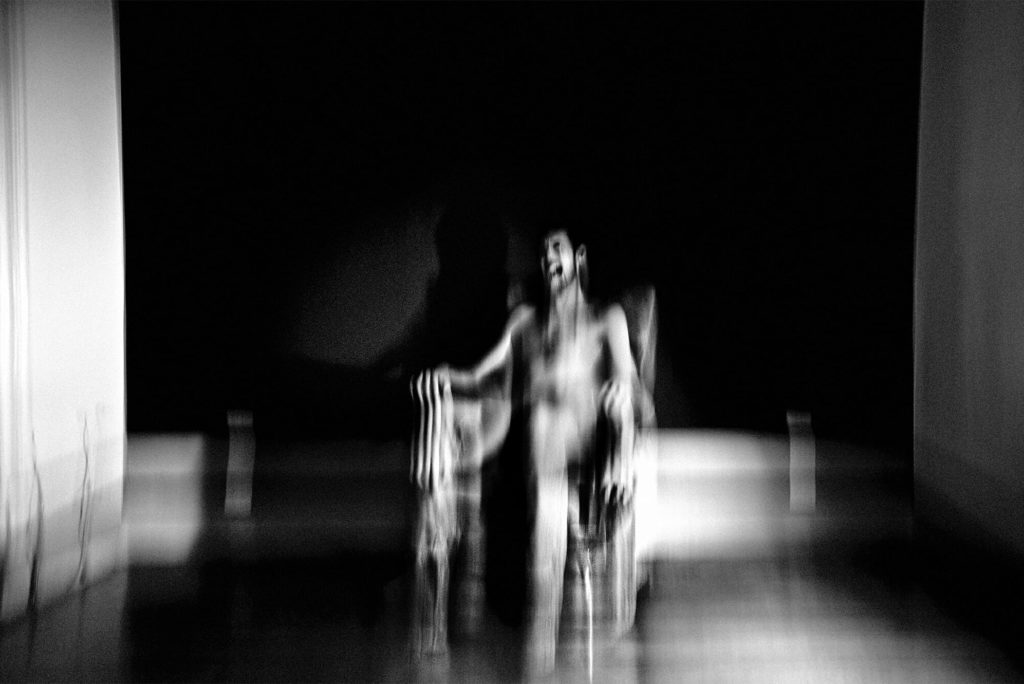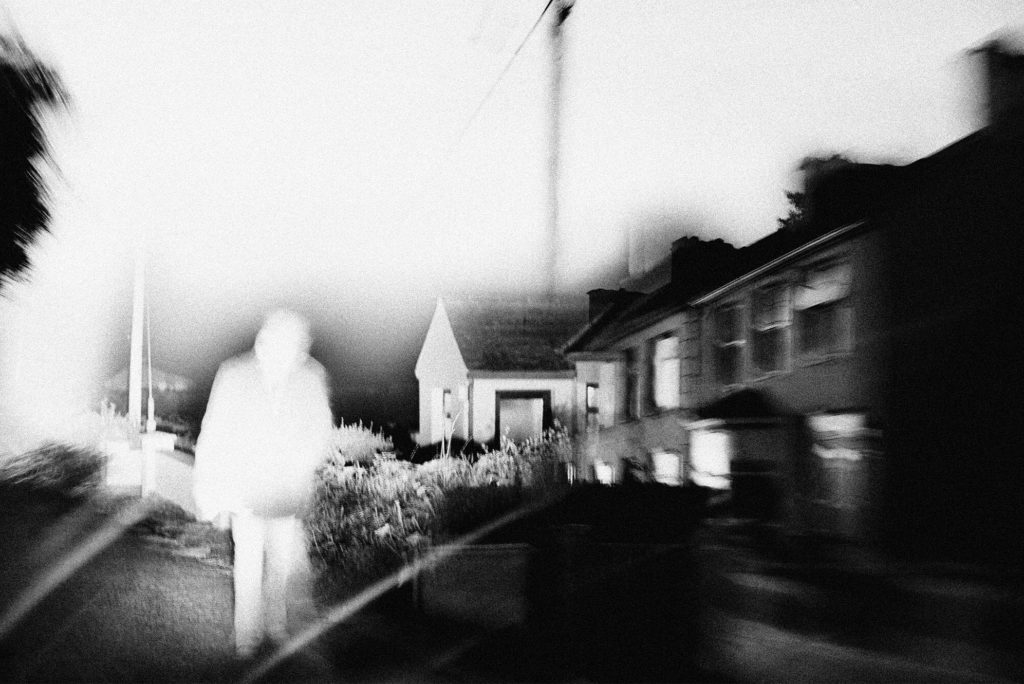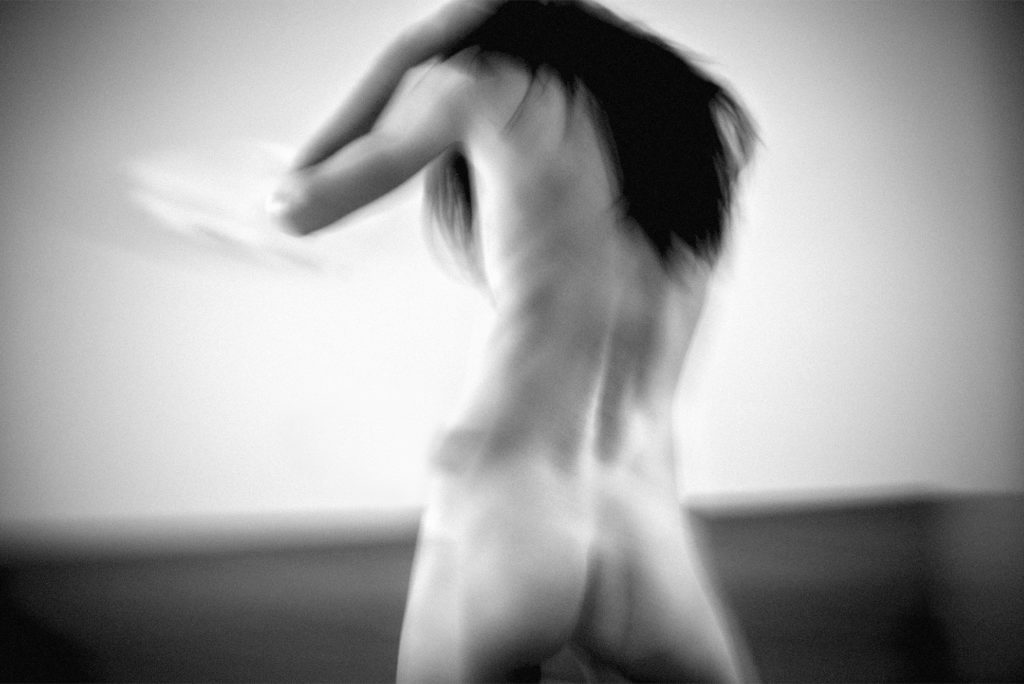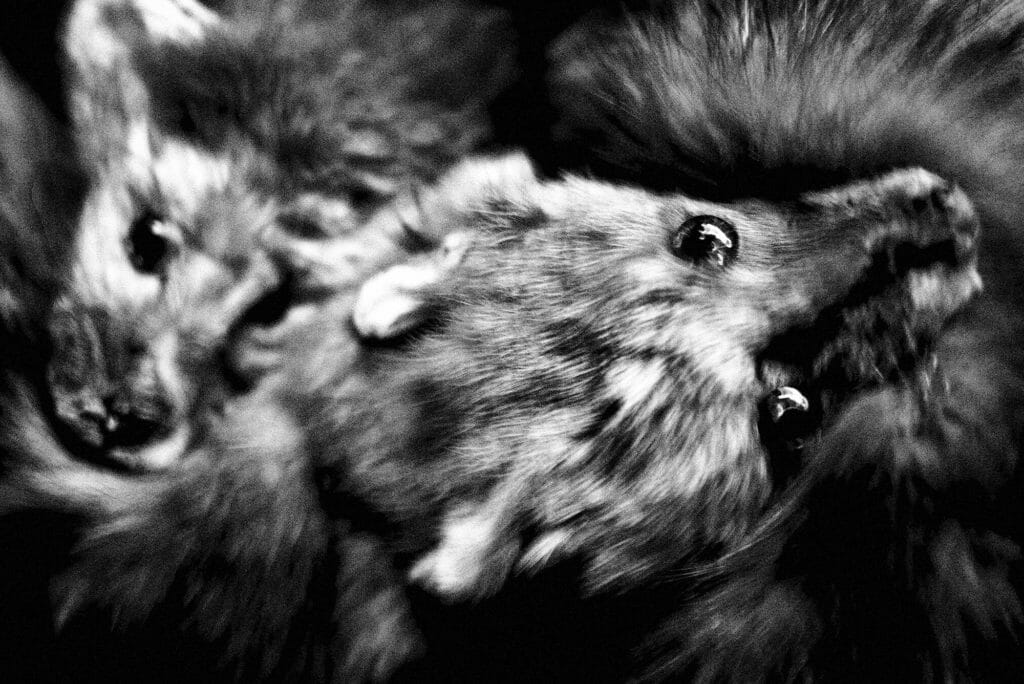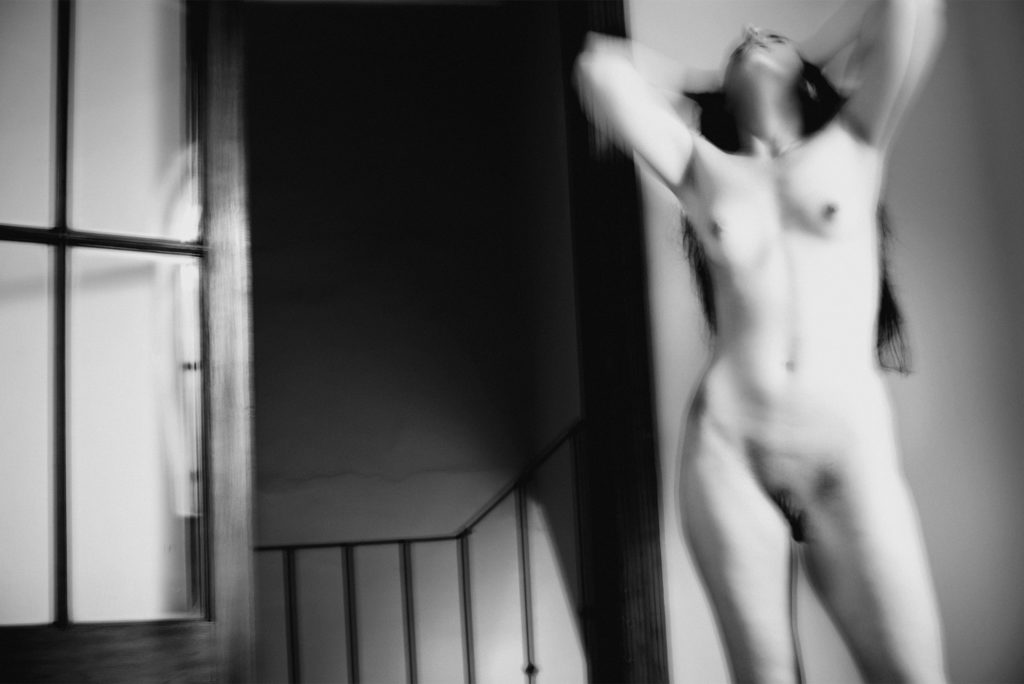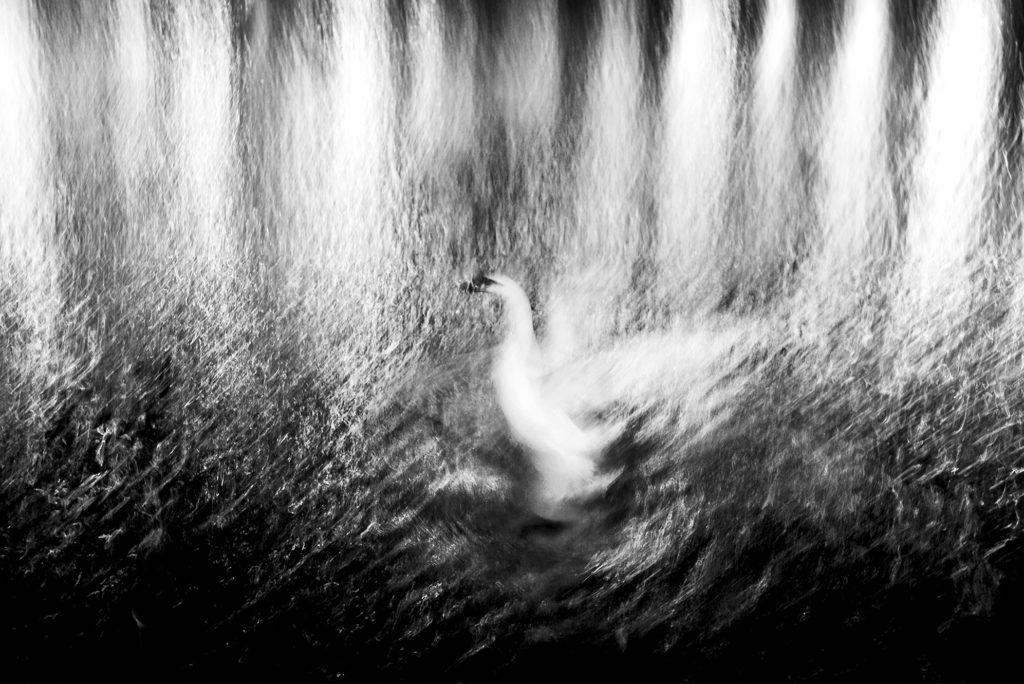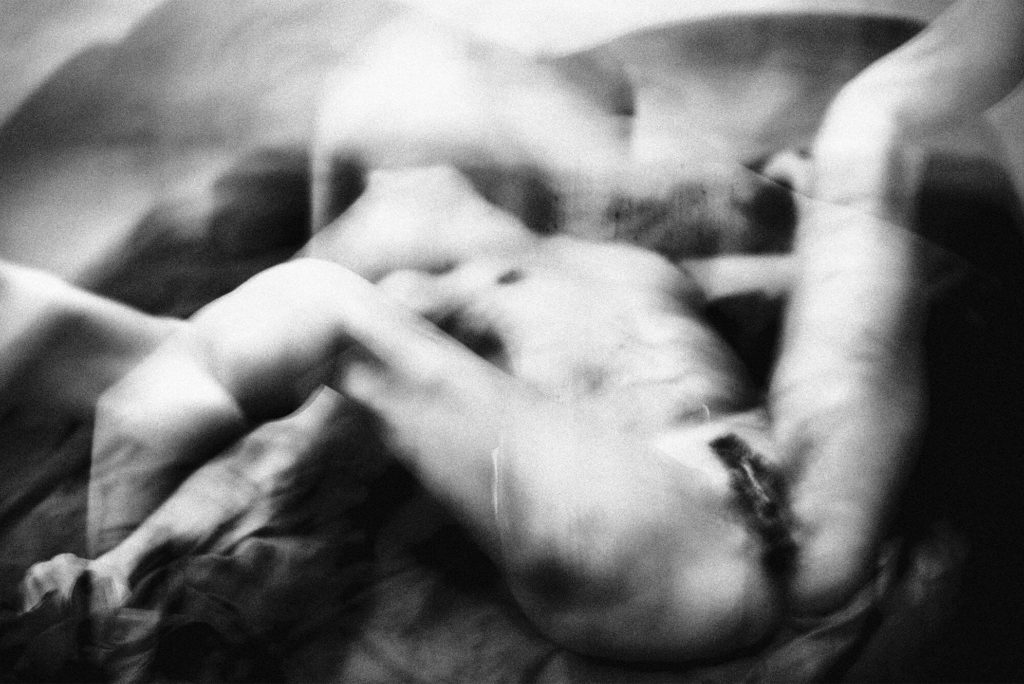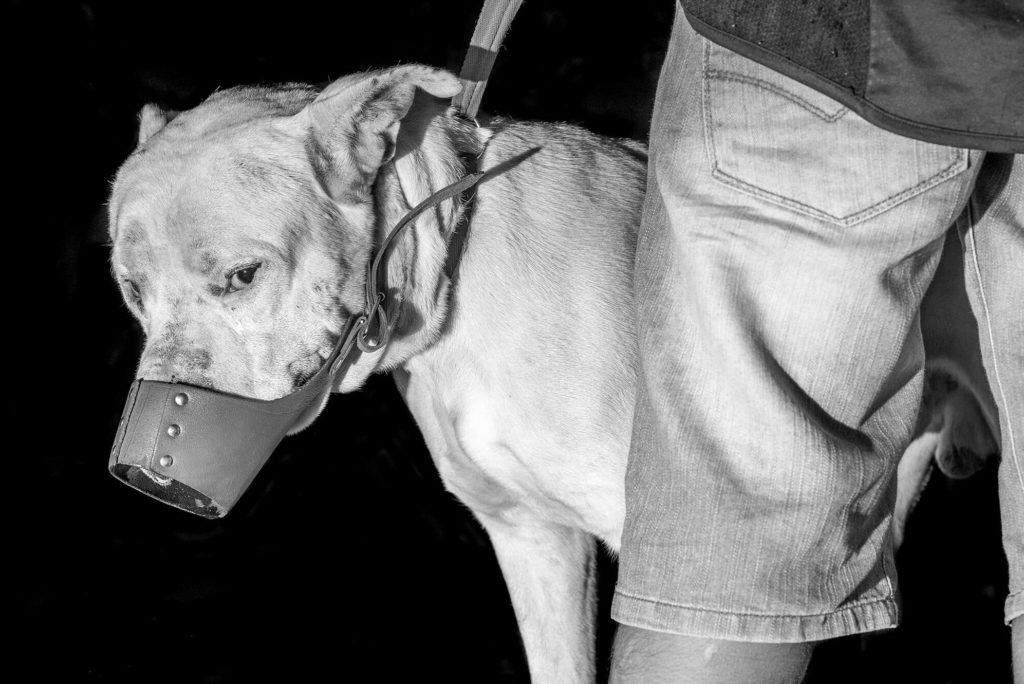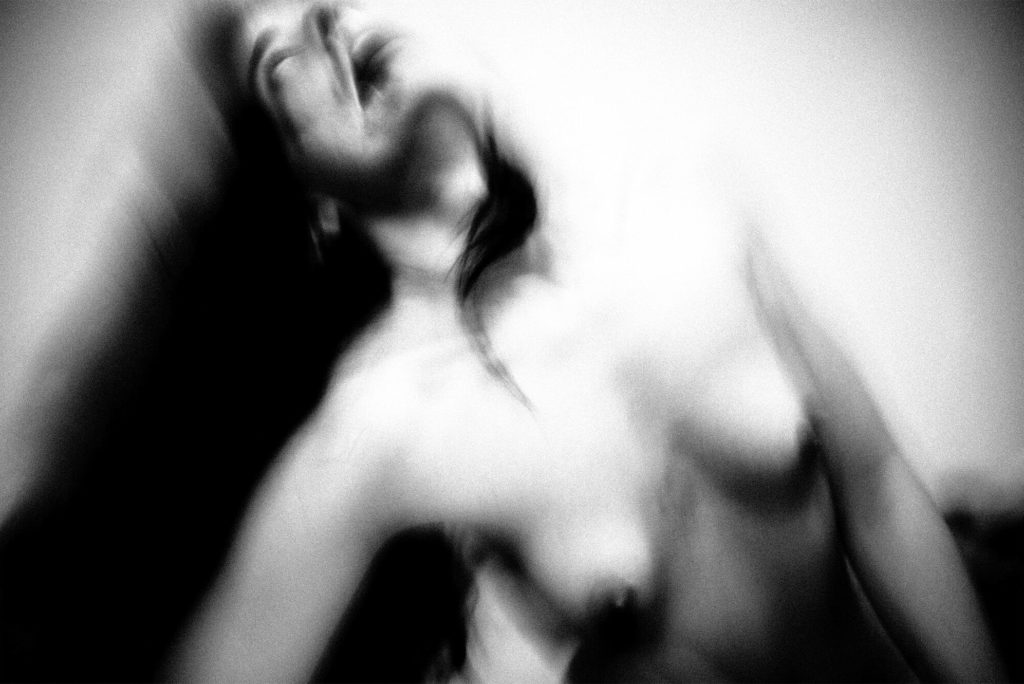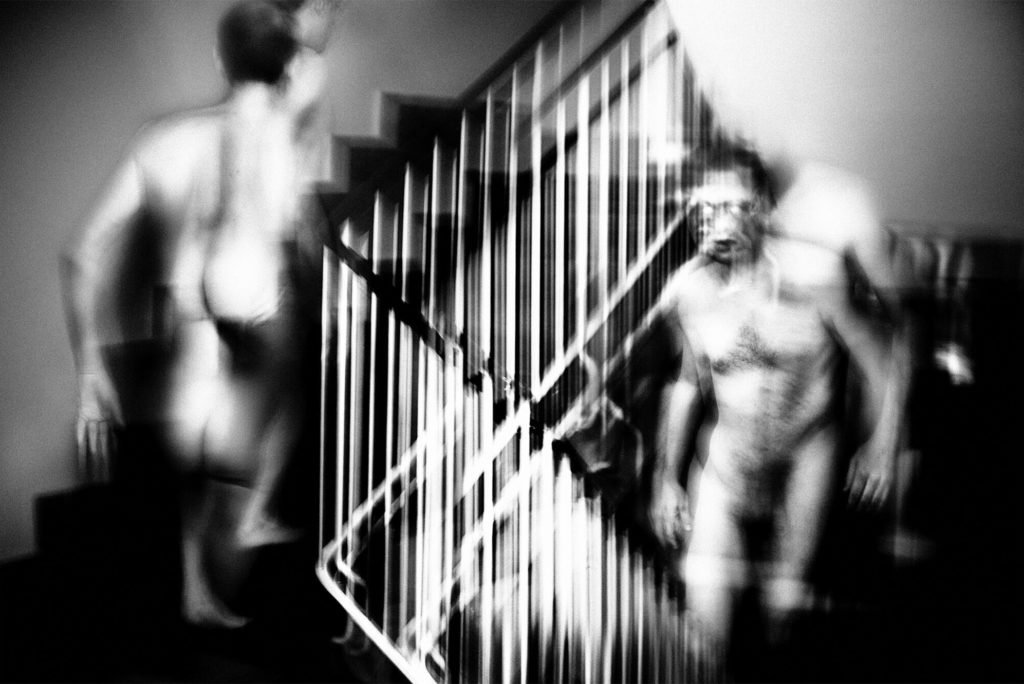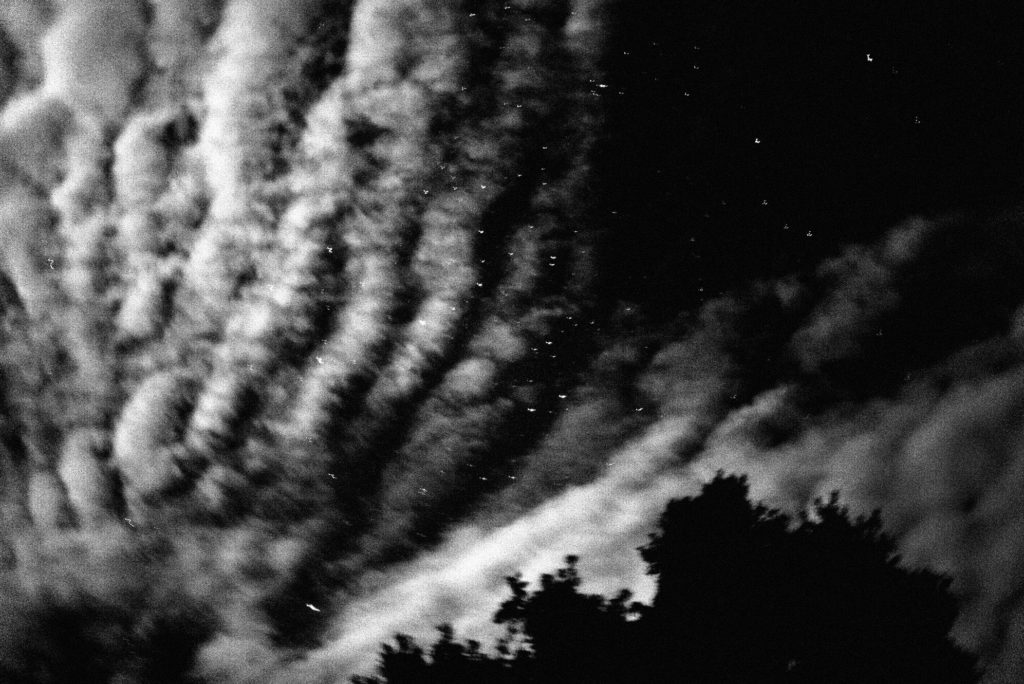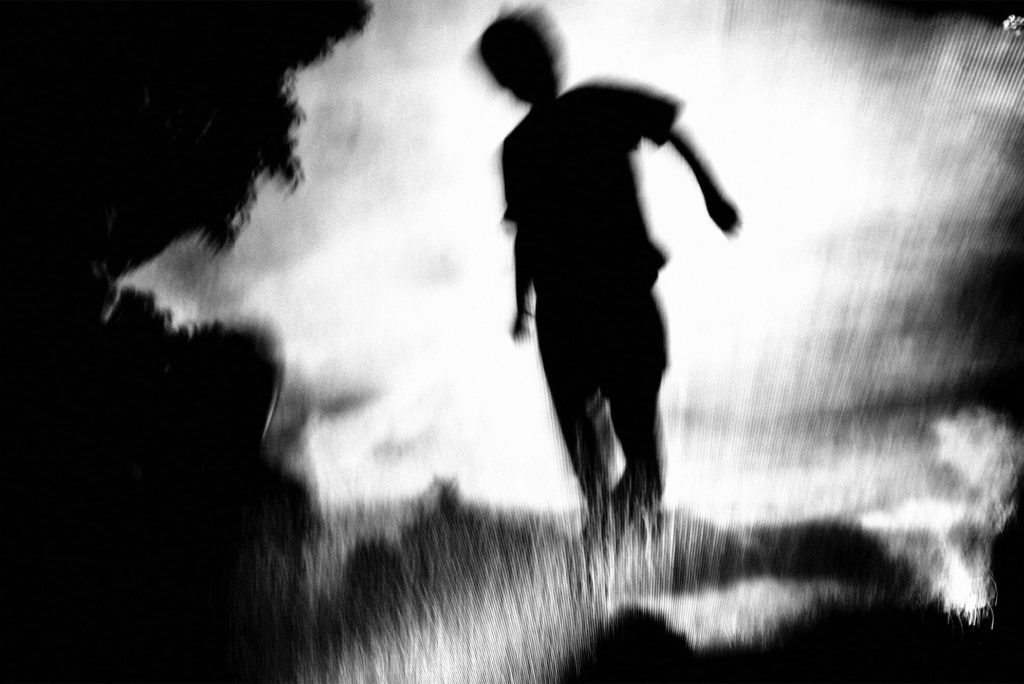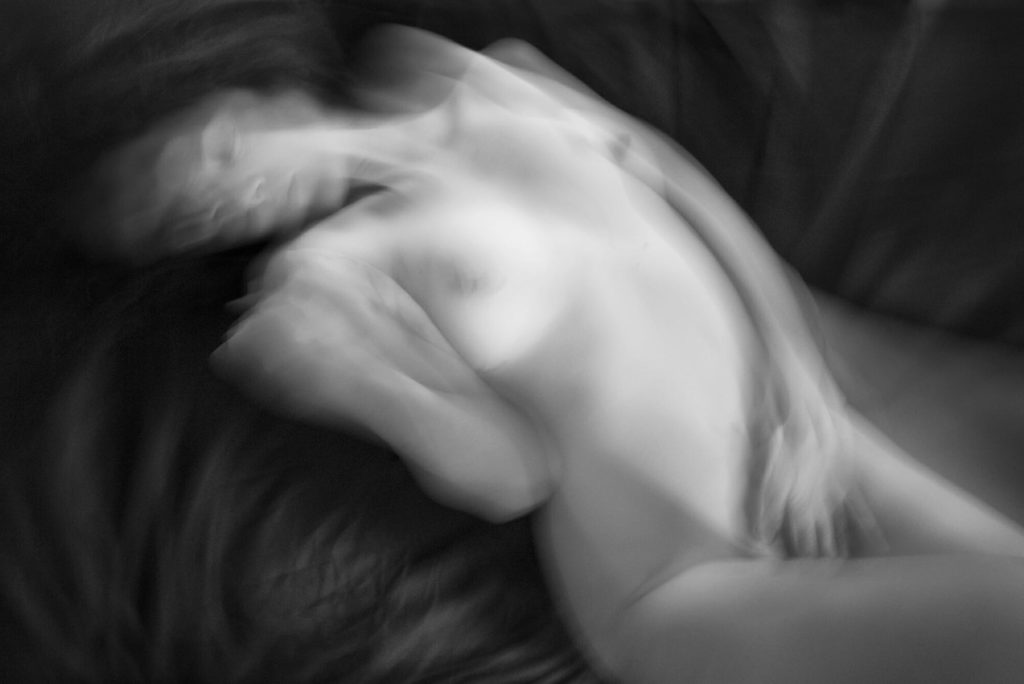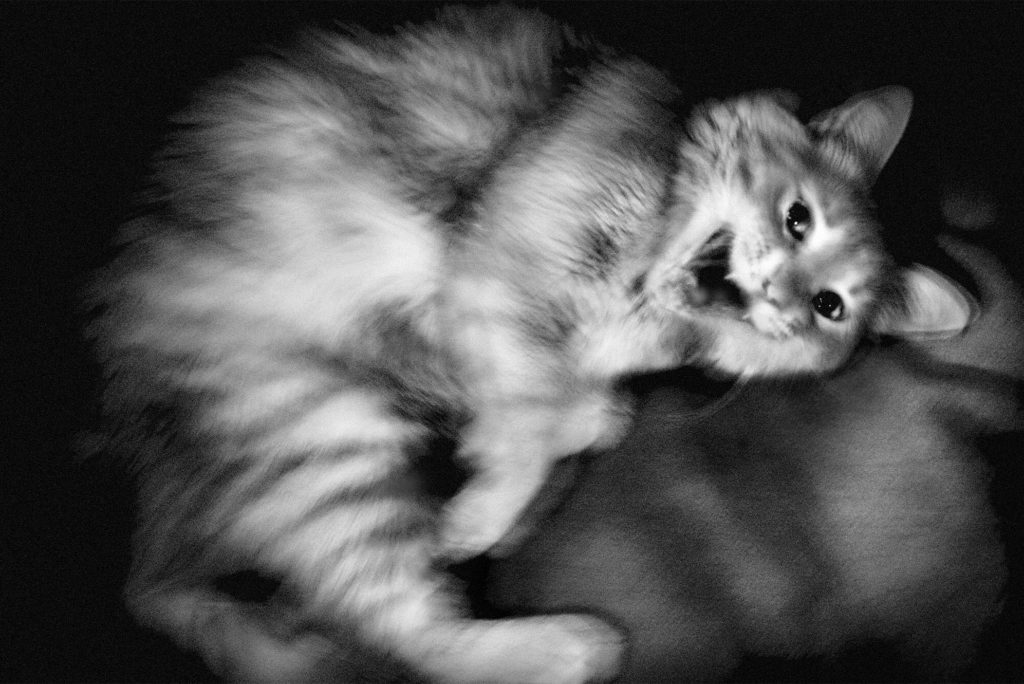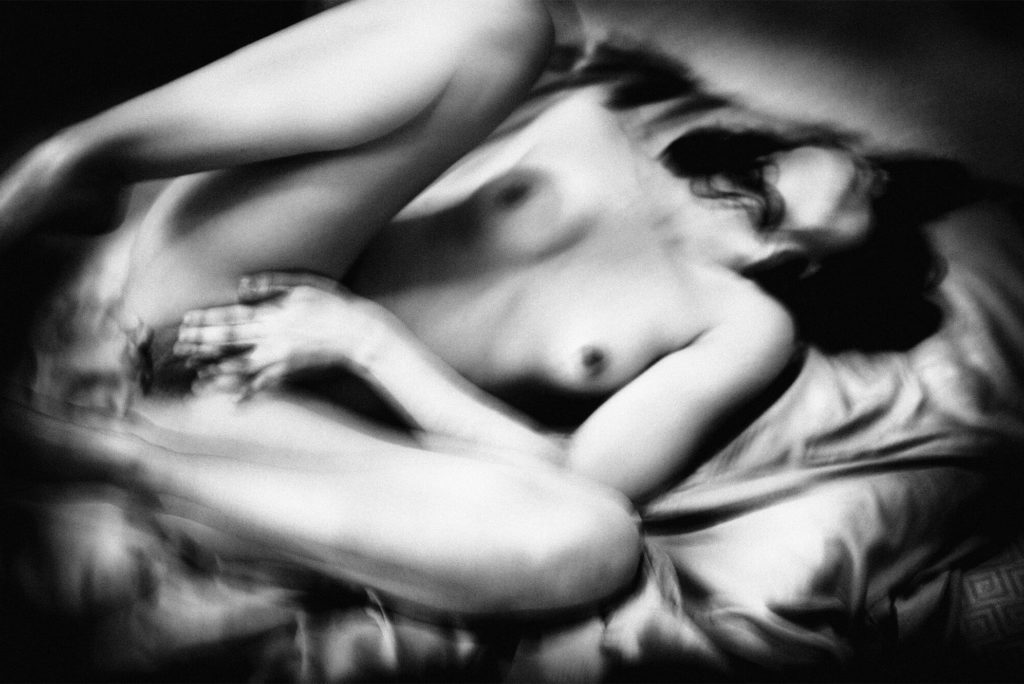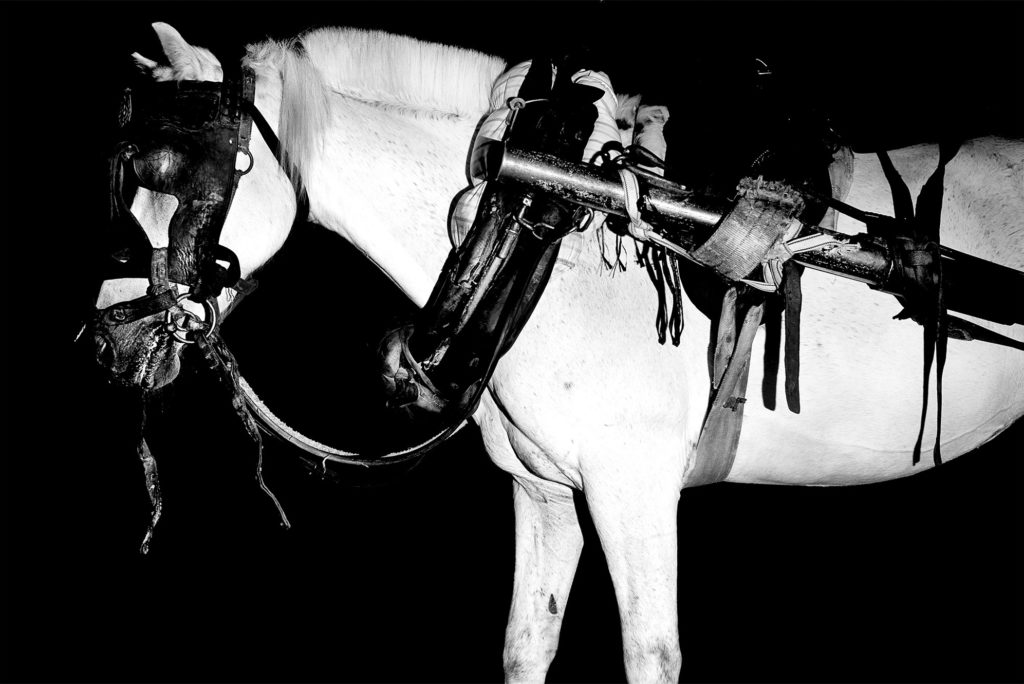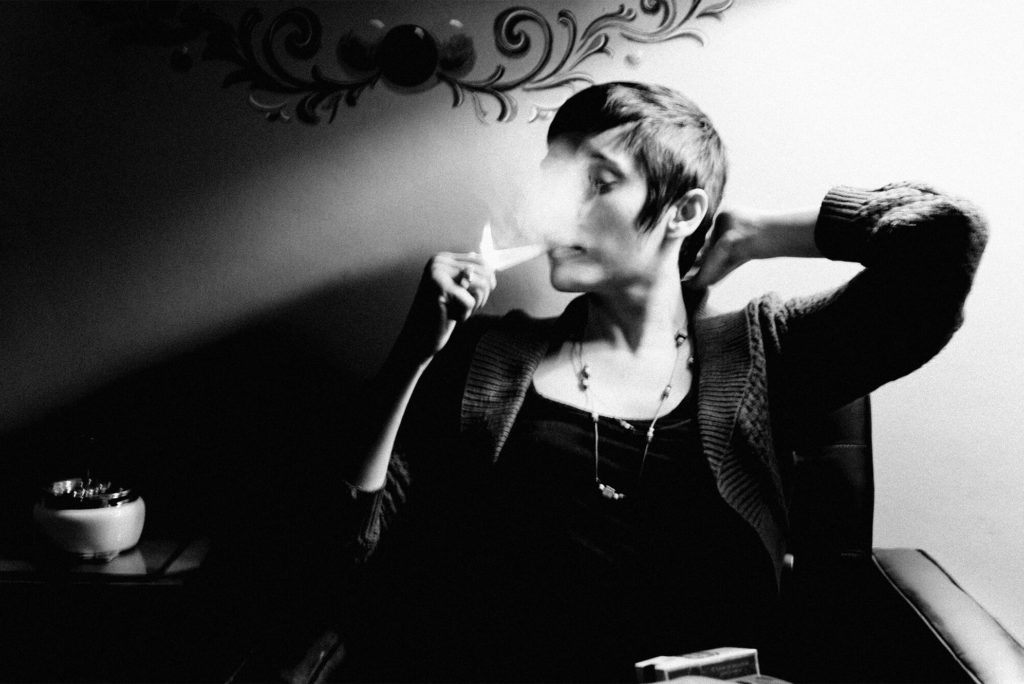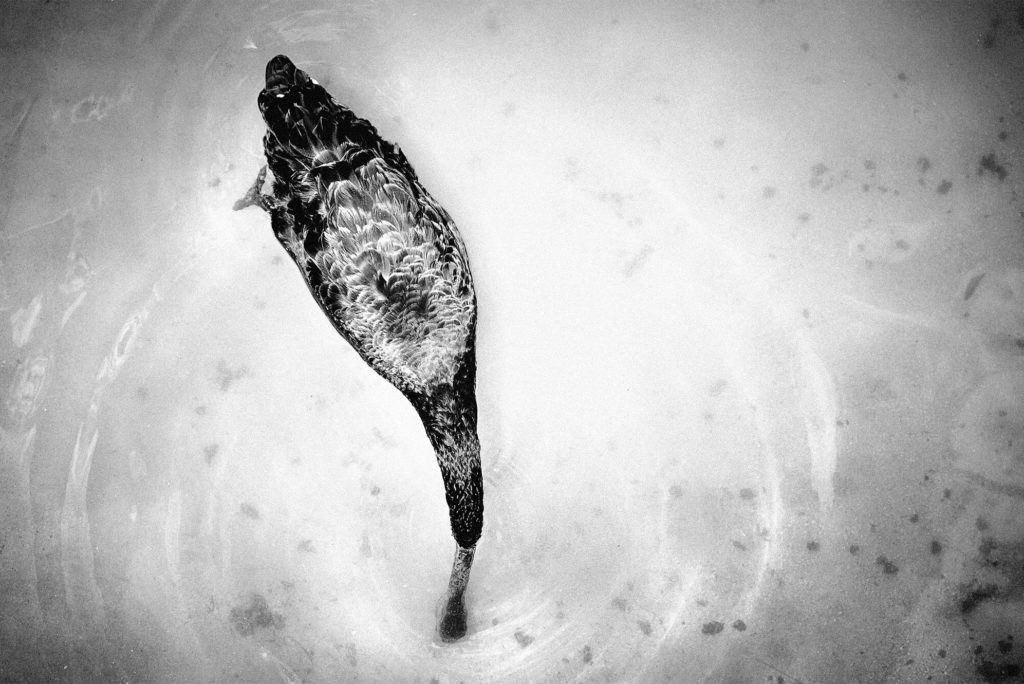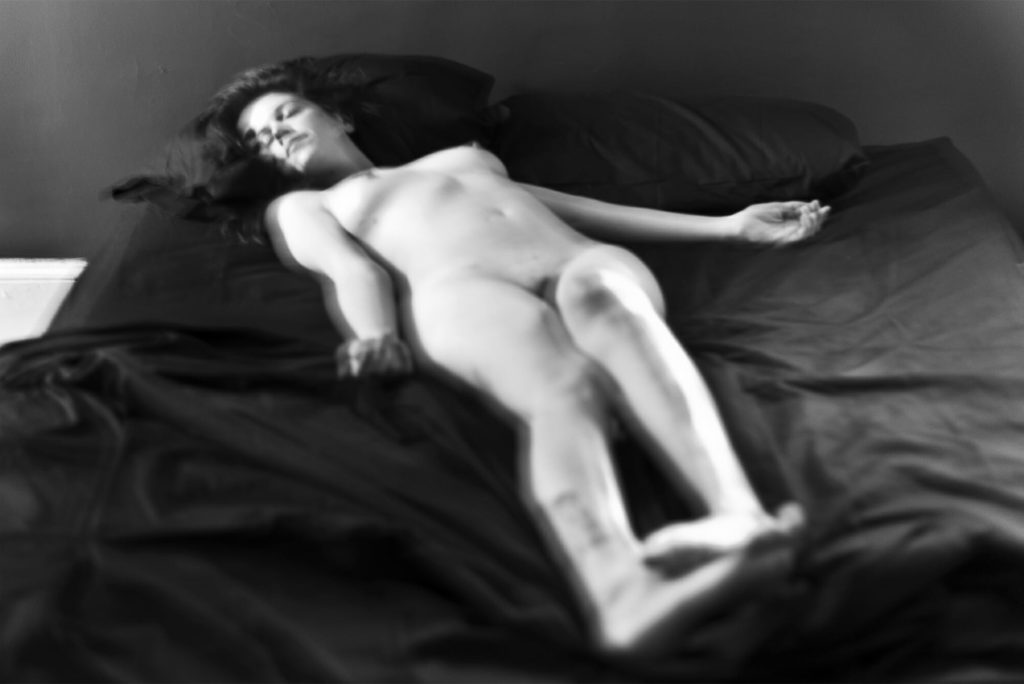Placebo
By Arnt Fredheim · Curator
Marco Vernaschi never stops his thoughts about his art. A meeting with him is a fascinating walk through the brutality of intrinsic honesty; he talks about his work in full awareness, as if the answers to my questions were ready-at-hand, already digested inside his head. Yet, he denies any explanatory connotation of his new work, PLACEBO (2011). That’s because the photographs are taken directly from his subconscious, as frames from a dream, and are given life through the power of obscurity.
Marco defines Placebo as a project closely connected to his own human experience; suddenly, his tale goes mute and his reflections ever so sophisticated. That muteness is a prolific one, a pause that reveals a genuine research through his soul, using sexual energy to explore the mechanisms leading from our natural darkness to light. His method of research is complex, multilayered, but mostly straightforward, going all the way into the deepest and inner chambers of self. Or, as he puts it: “Placebo is about healing through a metaphoric rendering of my current life experience. It’s about transforming the creative process behind the photographs into a sort of therapy, being aware that images are always just an illusion”.
Through a thorough study of what some may define as human darkness, Marco collects and translates memories, scenes and experiences in much the same way Edward Munch would do. Instead of focusing on what he sees, he’d rather record what he feels. In the alleys of his subconscious, Marco digs into his own existentialist truth. His investigation on sexual energy puts him very close to the threshold of Diotima, knocking on the doors of Eros.
So, how should we approach Vernaschi’s unique imagery? Well, we are left to our own, the interpretation is openly bound to be subjective. A photograph is often a tale told in an open form, filled to the brim with possible literary suggestions and potential explanations. The viewer is often left to himself, scanning the motif for details that might shed light to that little rectangle of mystery. Unfortunately the questions asked about photographs like these are often as basic as the explanations given to them, because they’re mostly covered by the questions: what? where? when? and why?
Instead, what if we approach a photograph without the four w‘s, as an objets d’art, without inquisitorial practice? How would that impact? First of all, it would be a break with the regular type of interpretation, where the analysis asks questions to a picture following a strictly regulated line of argumentation, taking his viewers from the physical description of the story to its significance and symbols. A personal interpretation would be a work of reflection (or even art) itself, adding to the work rather than subtracting from it. But could an interpretation like this take us anywhere? Well, let me use Vernaschi’s imagery as a proof of the relevance of this type of interpretation.
Vernaschi’s Placebo is a monumental break in photography. By gazing at his blurred, powerful photographs I felt like a steel train was running through my head, leaving my mind blown away. His visual poetry touches upon the deepest in me, both as a human and as a sexual being. In the meeting with his Bacon-like portraits, with the Screaming Man on a Warhol-reminding Electric Chair and the raw but still intimate sexuality, I felt a burst of guilt and relief at the same time. Placebo it’s about the solitude conveyed by the often unsustainable attempt to remain authentic in a world that is more and more vain. It’s a seed of human beauty, a drop of truth.
